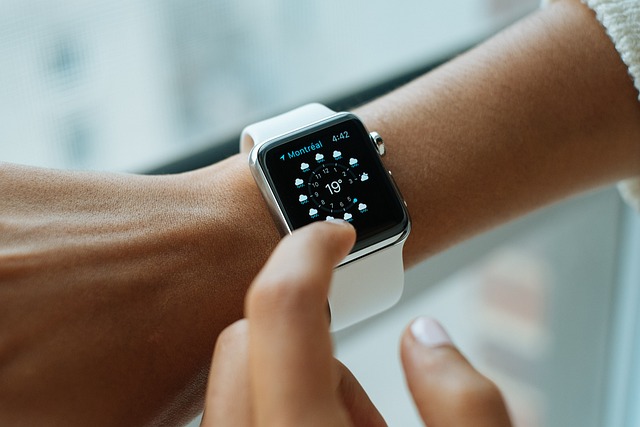In recent years, the quest for better health and well-being has driven significant technological innovations, particularly within the realm of wearable technology. One of the most revolutionary advancements has been the incorporation of the sleep phase sensor into health-tracking devices. These sensors have the potential to change how we approach our nightly rest, allowing us to better understand, manage, and improve our sleep quality.
The significance of sleep cannot be overstated. It’s a fundamental component of our health that influences everything from cognitive function to emotional stability. Yet, despite its importance, millions struggle with sleep-related issues, often ignoring the impact of poor sleep on their lives. This is where the sleep phase sensor comes into play, offering personalized insights that can help each individual optimize their sleep patterns.
At its core, a sleep phase sensor uses advanced technology to track sleep stages—light, deep, and REM sleep—through various metrics such as movement, heart rate, and even respiration. By analyzing this data, wearables equipped with these sensors provide users with a comprehensive overview of their sleep cycles, enabling them to identify patterns and make informed choices. For instance, if a user consistently wakes up feeling groggy, their device can reveal the underlying causes—perhaps disturbances in REM sleep that could be addressed with simple lifestyle adjustments.
The integration of these sensors can significantly influence health innovations, allowing for tailored recommendations to improve sleep hygiene. Imagine receiving gentle reminders to wind down before bed, or personalized sleep strategies that align with your natural circadian rhythm—all designed to enhance the rejuvenating nature of sleep. Such innovations not only empower individuals to take control of their sleep health but also promote a holistic approach to wellness that encompasses both mind and body.
Moreover, wearables equipped with sleep phase sensors are not just for sleep enthusiasts; they can be life-changing tools for those dealing with chronic health conditions such as anxiety or depression, where sleep disturbances are often prevalent. By tracking and sharing sleep data with healthcare providers, patients can work collaboratively to create more effective treatment plans tailored to their unique sleep patterns.
The future seems promising as the tech industry continues to invest in the development of more sophisticated sleep phase sensors. As data becomes more accessible, we are likely to see further innovations that not only prioritize our physical health but also our emotional and psychological well-being. This shift will transform how we perceive sleep—not as a passive state, but as an active and essential ingredient for a fulfilled life.
In a world where the pace of life is ever-accelerating, the emergence of sleep phase sensors offers a beacon of hope for reclaiming one of our most vital resources: restorative sleep. By harnessing the power of technology, we can revolutionize our approach to health, one restful night at a time.



